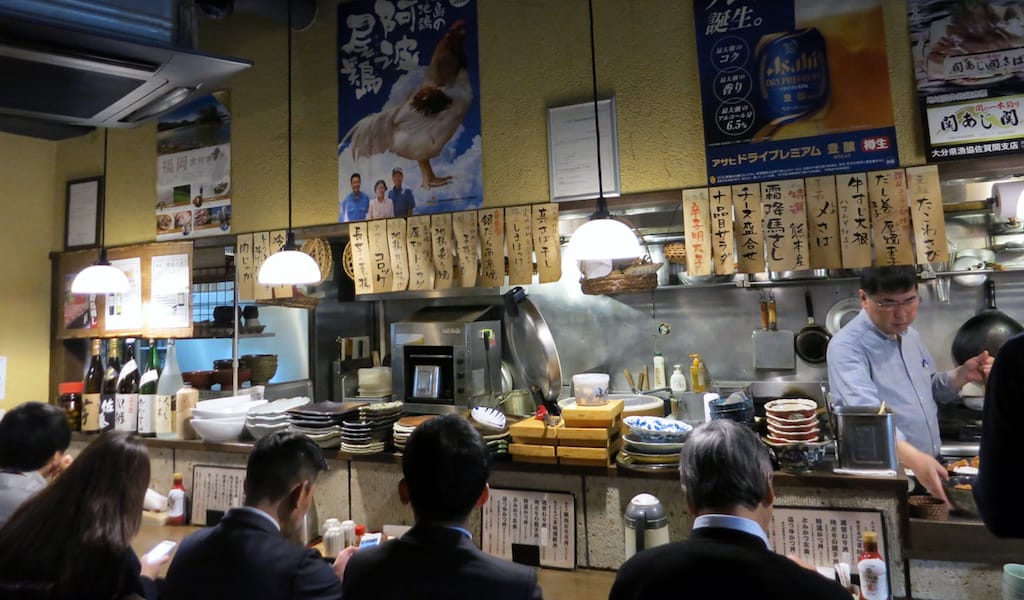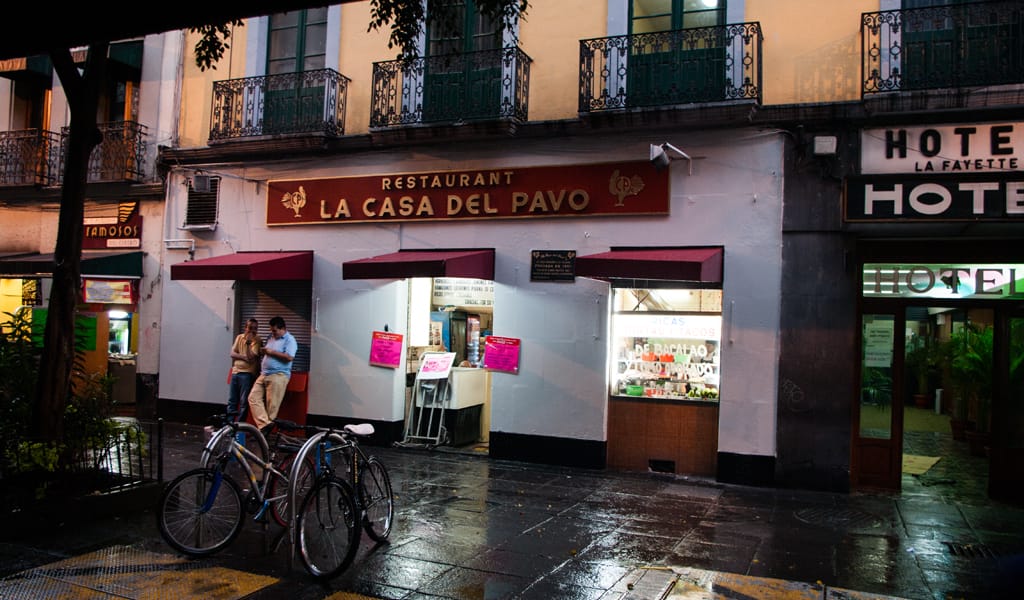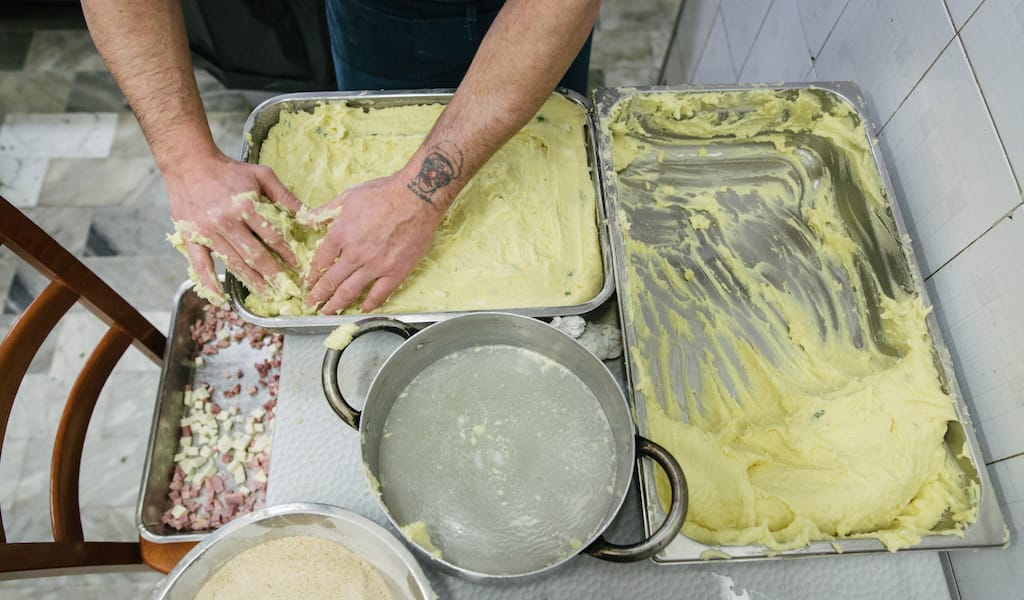The city of Tokyo has over 1,000 train stations, which translates to just about that many neighborhoods. In recent years many of these communities have succumbed to top-down corporate “urban renewal,” losing the small shops and restaurants that created distinctive local flavors. With an average shelf life of 30 years for buildings, most Tokyo real estate is rebuilt as opposed to being renovated for further use. Bottom-up gentrification and the repurposing or renewal of buildings is rare.
Change has always been an integral part of Tokyo life, but as we begin the new year, we thought it was worthwhile to honor some of the old institutions of Tokyo and enjoy them anew. Many are endangered by “modernization,” yet a few caring people, breaking with tradition, are lovingly preserving others from the cycle of destruction.

Obana
A visit to eat unagi eels at Obana in Minami-Senju is a serious undertaking. There are reasons to hesitate: the restaurant is located on the fringes of Tokyo and requires a considerable train ride, there is always a long line for a table, then there is the wait for food and the seating is on tatami mats with only the slimmest suggestion of zabuton cushions for the comfort of those with long legs. But all objections are instantly canceled by the amazing food served at this 120-year-old institution that is kept alive by its meticulous owners who are intent on preserving the original atmosphere.
Stepping off the Hibya line in Minami-Senju we carefully circumvented the cemetery guarded by a gigantic Buddha and continued to walk along the train tracks until we spied the serious assemblage of people waiting in line for Obana. Minami-Senju isn’t merely a neighborhood, but it is also part of an area called Shitamachi, or the southern part of Edo (old Tokyo). While hundreds of years ago the vassals of the Shogun lived in the hilly upper regions of Edo, the lower caste of artisans and merchants lived in the marshy areas near the sea known as Shitamachi. Today, the area is still filled with traditional working class shops and restaurants.
Amongst them Obana is a legend. There are no frills or gimmicks. We love the very public feeling of the space, with guests seated at low tables lined up along the floor and practically rubbing elbows with the people at the tables beside them. There is no sommelier and only three kinds of Kobe sake on offer: hot, cold or body temperature. The décor is minimal, yet charming, with its Shinto inari shrine at the entrance and hagoita paddles with kabuki characters lining the wall.
What sets the restaurant apart is the fresh naturally raised eel, kept alive until cooking time. The wait after ordering can be over thirty minutes for preparation and is well worth it (we recommend budgeting for a longer lunch or, if that’s not possible, stopping in for dinner). The eel is served unaju, over rice, or kabayaki, on its own with rice on the side. A specialty of the house is shirayaki, very lightly grilled eel without the usual sauce, eaten with only wasabi and perfect as a shared appetizer. Another specialty of the house is the singular choice of koi arai sashimi, raw koi fish.
Unfortunately no frills means no dessert menu. The unagi is so rich with umami and the portions so large that we’ve yet to miss sweets at the end of the meal. Our recent trip was during the coldest part of the year and the wait was somewhat minimal, the satisfaction high.
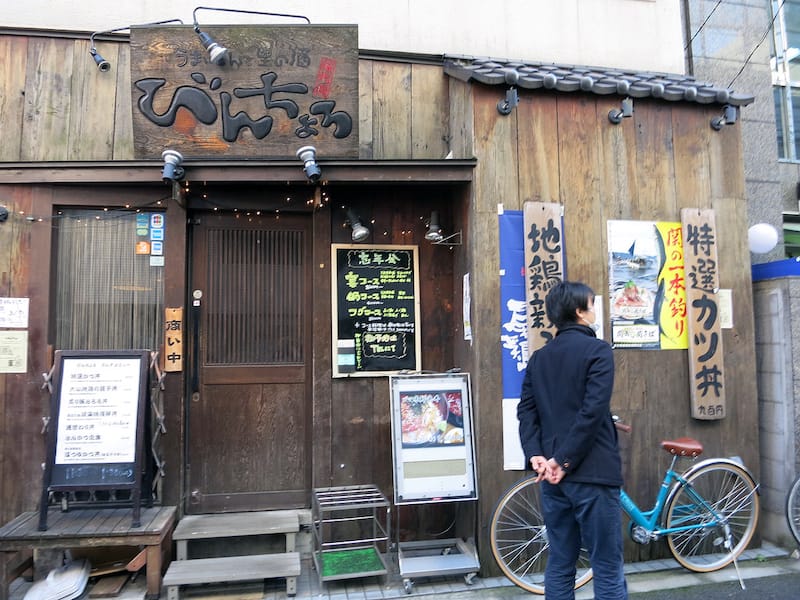
Binchoro
For 20 years, Binchoro Izakaya has fed the sarariman (salary men) and OL (office ladies) of Toranomon and Nishi-Shimbashi as they rush in to hastily eat a hearty lunch or stop by after work for drink and conversation with coworkers. Toranomon is a commercial center in the middle of Tokyo that houses many corporate headquarters – not a neighborhood one visits for atmosphere. One great reason to visit, however, is to eat and drink at Binchoro, a rapidly disappearing, old-school version of a classic izakaya serving reasonably priced, perfectly prepared bar food and great drinks. As the Mori Building project, an urban development initiative, continues to transform the area, the building housing Binchoro will inevitably vanish like so many before it.
Rushing in to Binchoro to meet friends on their lunch break we found ourselves rubbing elbows with others similarly on the go. Guys in suits and ties sat knee to knee with women dressed for success and madly texting, while at the next table two men in sweats wolfed down large donburi lunch bowls in a heady mix of locals grabbing lunch.
One comes to Binchoro mainly for an atmosphere rapidly vanishing in a quickly modernizing Tokyo.
The essence of a nourishing, satisfying Japanese business lunch at Binchoro is the donburi of well-prepared ingredients served over rice in a bowl called… a “donburi.” On a recent visit we had perfect buri, Japanese yellowtail. In season from December to March, buri swim in cold waters on the west coast of Japan and consume a great deal of other fish to create as much fat as possible as protection against the cold and to provide energy in the frigid waters. In Japan, wild caught buri (as opposed to the farmed yellowtail served in the West), or kan buri, is a great favorite when it is shun (旬, at its seasonal best).
Our classic buri donburi had miso-marinated fish over heaps of rice topped with sliced scallion, sesame seeds and flakes of nori seaweed, accompanied by miso soup and pickles, all for less than US$10, which is the lunch price point in much of Tokyo. There are always at least five daily lunch specials.
At night there are various simply prepared fish, assortments of vegetables and a wide variety of sake. Although the food is well prepared, one comes to Binchoro mainly for an atmosphere rapidly vanishing in a quickly modernizing Tokyo. We hope to visit often before it disappears.
Editor’s note: Our “Tokyo Time Machine” culinary walk explores the changing nature of Tokyo and how it is reflected in its food. We visit a “depachika” food hall in the always changing area of Shibuya and then travel to the outer reaches of the city to Kichijoji to meet some of the people who are keeping food traditions alive in this rapidly changing area.
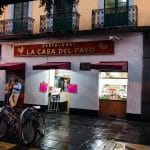 November 24, 2023 La Casa del Pavo
November 24, 2023 La Casa del Pavo
The bird that holds pride of place at the Thanksgiving table has just as important a […] Posted in Mexico City October 10, 2023 Cibi Cotti Nonna Anna
October 10, 2023 Cibi Cotti Nonna Anna
Neapolitan cuisine is an impure thing, the result of culinary influences from every part […] Posted in Naples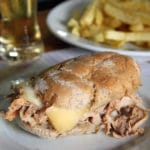 June 7, 2022 Casa Guedes
June 7, 2022 Casa Guedes
Forget the famous francesinha. The best sandwich in Porto – arguably in the country – […] Posted in Porto
Published on January 30, 2018
Related stories
November 24, 2023
Mexico CityThe bird that holds pride of place at the Thanksgiving table has just as important a role south of the border. Turkey has actually been a fundamental part of Mexican cooking for centuries: The Aztecs had domesticated the fowl before they had even laid eyes on a chicken. And while chicken has since overtaken turkey…
October 10, 2023
NaplesNeapolitan cuisine is an impure thing, the result of culinary influences from every part of the old continent. One of the most famous dishes this cross-pollination has produced is the Neapolitan potato gattò, a potato tortino rustico (a tall, square cake) with layers made of mozzarella, scamorza, ham, salami and more. A baroque dish, this…
June 7, 2022
PortoForget the famous francesinha. The best sandwich in Porto – arguably in the country – can be found in a little 1970s tile-lined eatery; the unremarkable interior belies the iconic status of its most celebrated dish. Served up on the corner of Praça Poveiros, a square named after the fishermen from the storied maritime city…







































